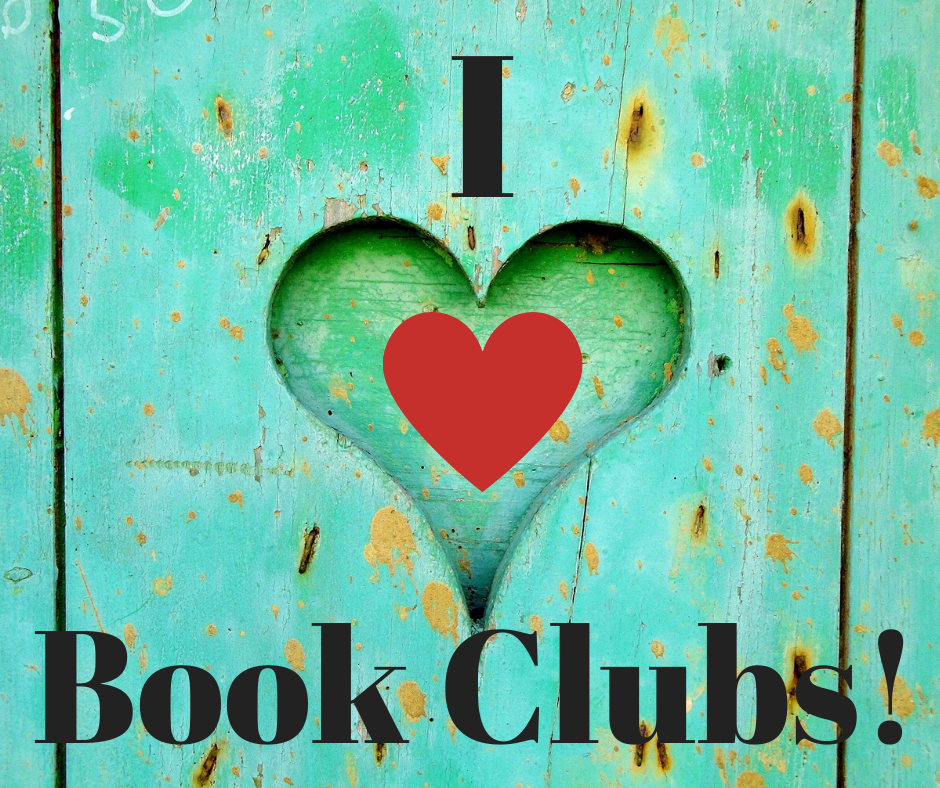15 Ideas for Social Media Book Marketing Posts
/What do I post on my social media pages that isn’t the same old same old '“buy my book”? Here are some ideas to mix it up a bit:
Design a graphic that invites reminds readers to recommend your book to their book clubs.
Find non-bookish hooks in your book and advertise the connections to folks with similar interests. For instance, my sleuth Delanie Fitzgerald lives in a Sears Catalog House from the 1940s. I found several fan groups online, and one featured my book in their club’s newsletter.
Create graphics that highlight real places in your novel.
Make a post that has your book cover and the key information and invite people to recommend your book their library.
Highlight or introduce readers to your minor characters.
Make a post that features the animals in your story.
Find a website (like brownielocks.com) that has a calendar of fun holidays. Find several that relate to your book and create a post.
Create an announcement that’s eye catching to post a few days before your newsletter goes out and include the link to sign up. (Play up on the FOMA - ‘Fraid of Missing Out.)
Think of five or ten things about your character and make a series of memes to introduce him or her to your social media audience.
If your main character has a hobby, highlight that in a post. If he or she cooks, post a recipe.
Take pictures of yourself doing research or visiting real places in your book. These make fun posts.
Take pictures of your pets with your books.
Ask readers to send you pictures when they see your books in “the wild.” Collect these and make a collage of where your book has been.
Take your book with you on trips and take pictures of it in different locations.
Collect reviews and quotes from readers about your books. These make good graphics.
What would you add to my list?














